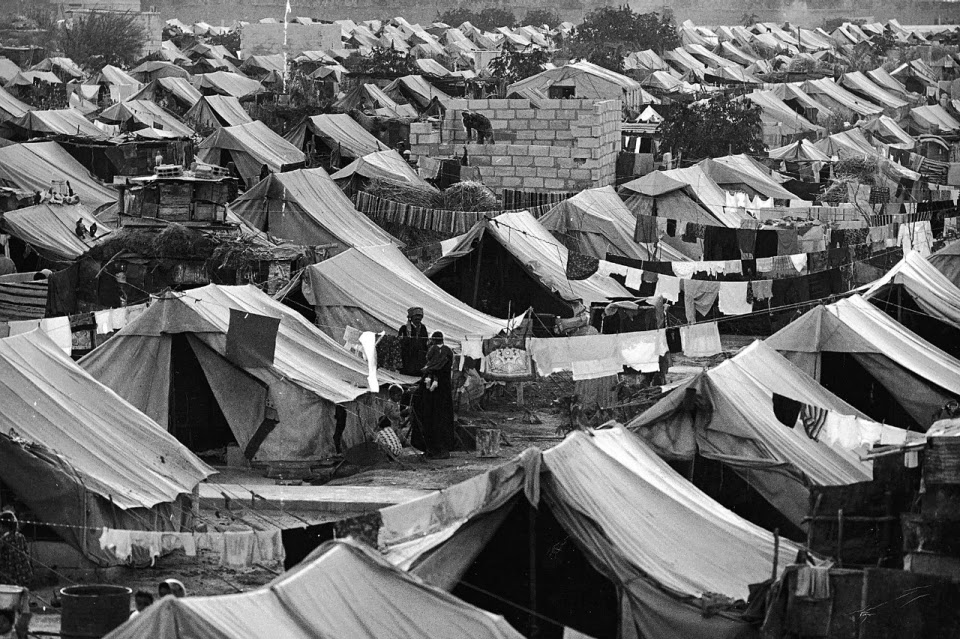Trump’s vision dealt away with any remaining doubts that some sceptics clung to despite evidence to the contrary. It left us with only one scenario, that of a one state. Will that state be a state for all its citizens? is the key question. This paper will look into the psychological impediments to the one state solution on both the Israeli and Palestinian sides, and will mull over ways to overcome such barriers. It will clearly identify and analyze those reservations and address questions such as: Can a new consensus be built to alleviate the worst fears, on both sides, and cultivate a new vision of a shared society and avert extreme reactions? If so how? On the Palestinian side, who is expected to resist it the most, and is this resistance correlated with geographical location (Israel, WB, Jerusalem, Gaza, diaspora), age, affiliation with official bodies, or other factors? Also , how would Hamas and other Islamic movements react? What would be the official stand of the PLO and the PA, and can this stand be changed and how? What about Israeli resistance? How can the one state solution be shaped to overcome fears of both Palestinians and Israeli, regardless of whether they are real or imagined?
10
Mar



